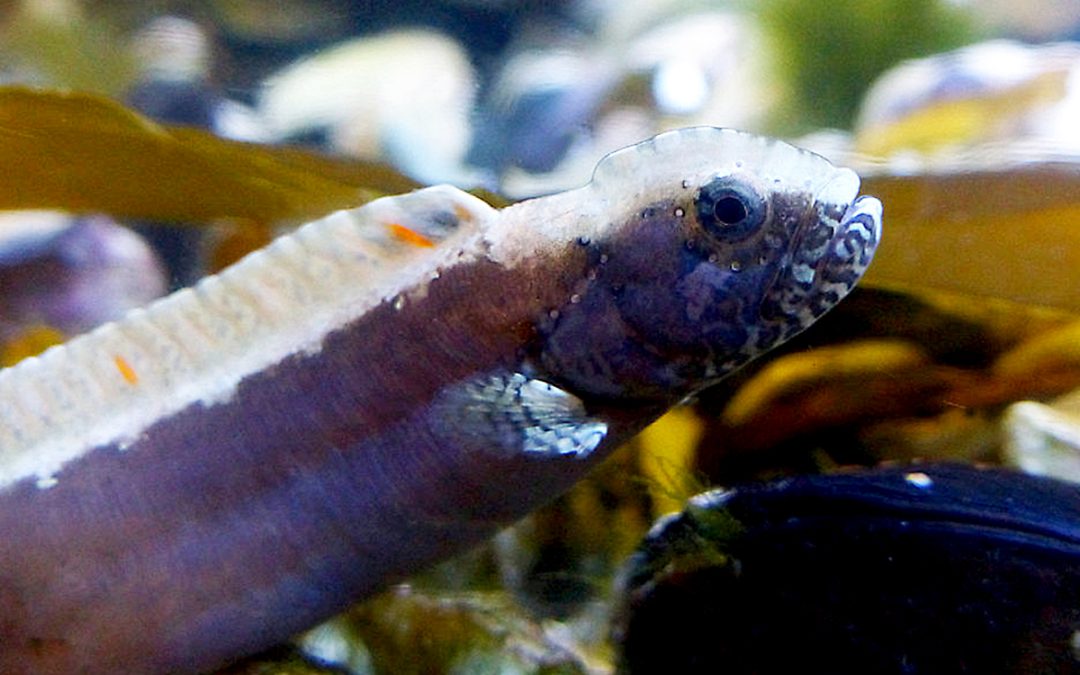
by David Young | Sep 2, 2024 | Fishes
Author: Ravana Eagleheart Common Name: High Cockscomb, Cockscomb Prickleback, Crested Blenny Scientific Name: Anoplarchus purpurescens Size Range: The High Cockscomb usually grows to just over 7.8 inches (20cm.) in length. Identifying Features: On the High Cockscomb,...


